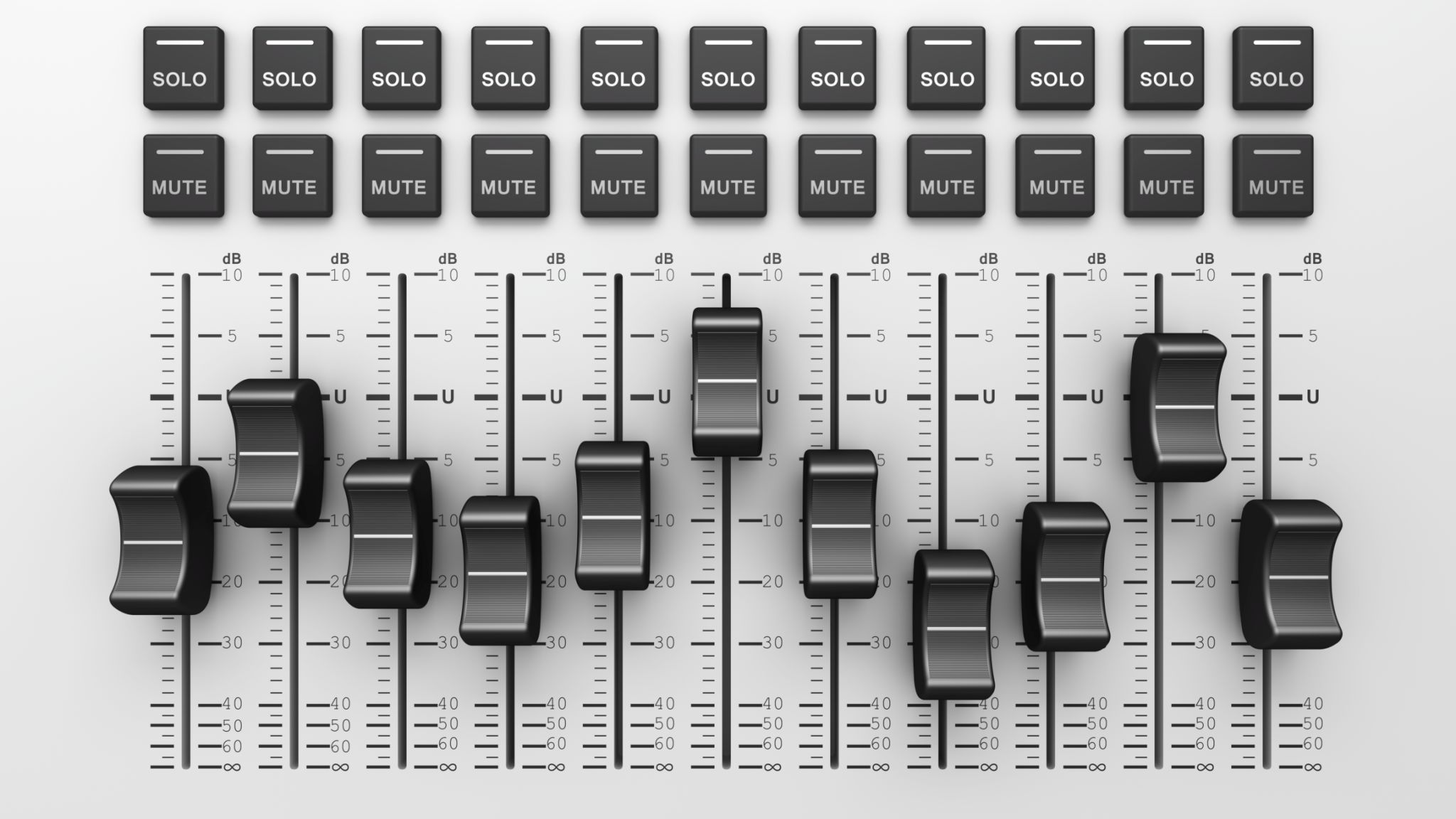Expert Tips for Mixing Music Like a Pro
Understanding the Basics of Music Mixing
Mixing music is both an art and a science. It involves balancing individual tracks to create a cohesive and polished sound. A strong mix can transform how a listener perceives a song, making it sound professional and engaging. To achieve this, one must understand the fundamental principles of mixing, such as equalization, compression, and spatial effects.

Equalization (EQ) is the process of adjusting the frequency balance of audio tracks. This allows each instrument and vocal to sit comfortably in the mix without clashing. By using EQ, you can enhance or reduce certain frequencies to highlight the best parts of each track.
Mastering the Use of Compression
Compression is a key tool in any music producer's arsenal. It controls the dynamic range of audio by reducing the volume of loud sounds and amplifying softer ones. This creates a more balanced and professional sound. While compression can greatly enhance a track, it's important to use it judiciously to avoid flattening the sound too much.
To effectively use compression, start by setting the threshold and ratio. The threshold determines when compression kicks in, while the ratio dictates how much compression is applied. Adjusting these settings carefully can make your mixes sound more polished.
Creating Depth with Reverb and Delay
Adding reverb and delay to your mix can create a sense of space and depth, making your tracks more immersive. Reverb simulates the way sound behaves in different environments, adding natural echoes that can make your mix feel more alive. Delay, on the other hand, repeats the sound at set intervals, creating rhythmic patterns or widening the stereo image.

When using reverb and delay, it's crucial to find the right balance. Too much can muddy your mix, while too little can make it sound flat. Experiment with different settings to find what complements the track best.
Balancing Levels for a Cohesive Mix
One of the most important aspects of mixing is balancing levels. This involves adjusting the volume of each track so that they blend seamlessly together. Start by setting a reference level for your main elements, such as vocals or lead instruments, then bring in other elements around them.
A useful technique is to mix with faders down, gradually bringing each track into the mix. This helps you focus on how each element contributes to the overall sound. Always listen critically and make adjustments as needed.
Utilizing Automation for Dynamic Mixes
Automation is a powerful tool that allows you to change parameters over time within your mix. This can include volume changes, panning, or effects adjustments, adding movement and interest to your tracks. By automating these elements, you can emphasize key moments in your music and keep listeners engaged.

Start with simple automation tasks like volume fades and gradually explore more complex changes. Automation can breathe life into static mixes, making them dynamic and expressive.
The Role of Reference Tracks
Using reference tracks is an excellent way to gauge the quality of your mix. These are professionally mixed songs in a similar style to what you're working on. By comparing your mix with these tracks, you can identify areas for improvement.
Pay attention to aspects like tonal balance, stereo width, and overall loudness. Reference tracks can serve as a benchmark for achieving a professional sound.
Finalizing Your Mix with Mastering
The final step in mixing is mastering, which prepares your track for distribution. It involves fine-tuning EQ, compression, and limiting to ensure your mix sounds great on all playback systems. While mastering is often a separate process handled by specialists, having a basic understanding can help you deliver better mixes.
When mastering your own mixes, focus on maintaining clarity and ensuring consistency across different tracks. Use tools like spectrum analyzers to make informed decisions throughout the process.
